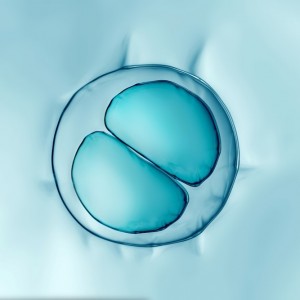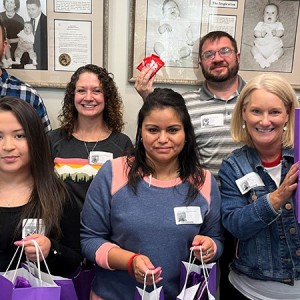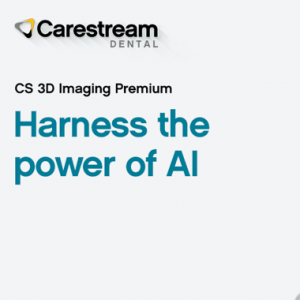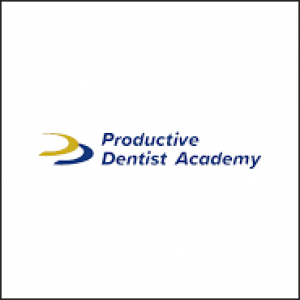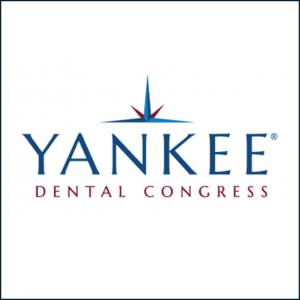
Developing Bioactive Dental Resins for Restorative Dentistry
Despite its reputation as the most widely used restorative dental material currently, resin-based materials have acknowledged shortcomings. As most systematic survival studies of resin composites and dental adhesives indicate, secondary caries is the foremost reason for resin-based restoration failure and life span reduction.
In subjects with high caries risk, the microbial community dominated by acidogenic and acid-tolerant bacteria triggers acid-induced deterioration of the bonding interface and/or bulk material and mineral loss around the restorations. In addition, resin-based materials undergo biodegradation in the oral cavity.
As a result, the past decades have seen exponential growth in developing restorative dental materials for antimicrobial applications addressing secondary caries prevention and progression. Currently, the main challenge of bioactive resin development is the identification of efficient and safe anticaries agents that are detrimental free to final material properties and show satisfactory long-term performance and favorable clinical translation.
This review centers on the continuous efforts to formulate novel bioactive resins employing 1 or multiple agents to enhance the antibiofilm efficacy or achieve multiple functionalities, such as remineralization and antimicrobial activity antidegradation. We present a comprehensive synthesis of the constraints and challenges encountered in the formulation process, the clinical performance-related prerequisites, the materials’ intended applicability, and the current advancements in clinical implementation.
Moreover, we identify crucial vulnerabilities that arise during the development of dental materials, including particle aggregation, alterations in color, susceptibility to hydrolysis, and loss of physicomechanical core properties of the targeted materials.
Authors: M.A.S. Melo, I.M. Garcia, L. Mokeem, M.D. Weir, H.H.K. Xu, C. Montoya, S. Orrego
Source: https://journals.sagepub.com/
 Related articles
Related articles
News 15 January 2025
Pulpdent Introduces Next-Generation Bulk-Fill Dental Restorative: ACTIVA BioACTIVE Bulk Flow
Pulpdent Corporation is pleased to announce a new addition to its flagship ACTIVA line of groundbreaking dental restorative materials: ACTIVA BioACTIVE Bulk Flow
Endodontics 21 August 2024
Bioceramics are materials which include Alumina, Zirconia, Bioactive glass, Glass ceramics, Hydroxyapatite, resorbable Calcium phosphates, among others.
Endodontics 28 November 2023
Pulpotomies of permanent teeth performed with bioactive materials: Evaluation of success
Recent literature studies have shown that vital pulp treatments (VPT) can be effective both in deciduous teeth but also in mature permanent teeth with irreversible pulpitis (Lin et al., 2020). One...
Oral Hygiene & Prevention 07 September 2023
Root caries: effect of fluoride toothpastes and bioactive F-glass
Root caries is one of the main causes of tooth loss in the aging population. Toothpastes containing fluoride are considered inexpensive anti-caries agents due to...
Despite its reputation as the most widely used restorative dental material currently, resin-based materials have acknowledged shortcomings.
 Read more
Read more
Oral pathology 24 October 2025
Isolation and characterization of dental pulp stem cells from a supernumerary tooth
Dental pulp stem cells (DPSCs) were primarily derived from the pulp tissues of primary incisors and permanent third molar teeth, whereas no report to our knowledge has yet been documented on deriving...
Editorials 24 October 2025
From mentoring workshops to leadership insights, the last week’s IU School of Dentistry (IUSD) fall faculty conference and staff retreat brought faculty and staff together respectively for two days...
Products 24 October 2025
At the American Academy of Periodontology’s Annual Meeting, Carestream Dental continues to deliver what’s next in dentistry with the launch of CS 3D.
News 24 October 2025
As dental professionals prepare to wrap up 2025, many are setting ambitious goals for the year ahead, yet few have a clear, actionable plan to achieve them.
News 24 October 2025
The Yankee Dental Congress will take place from January 29, 2026, through January 31, 2026, at the Thomas M. Menino Convention & Exhibition Center in Boston.








